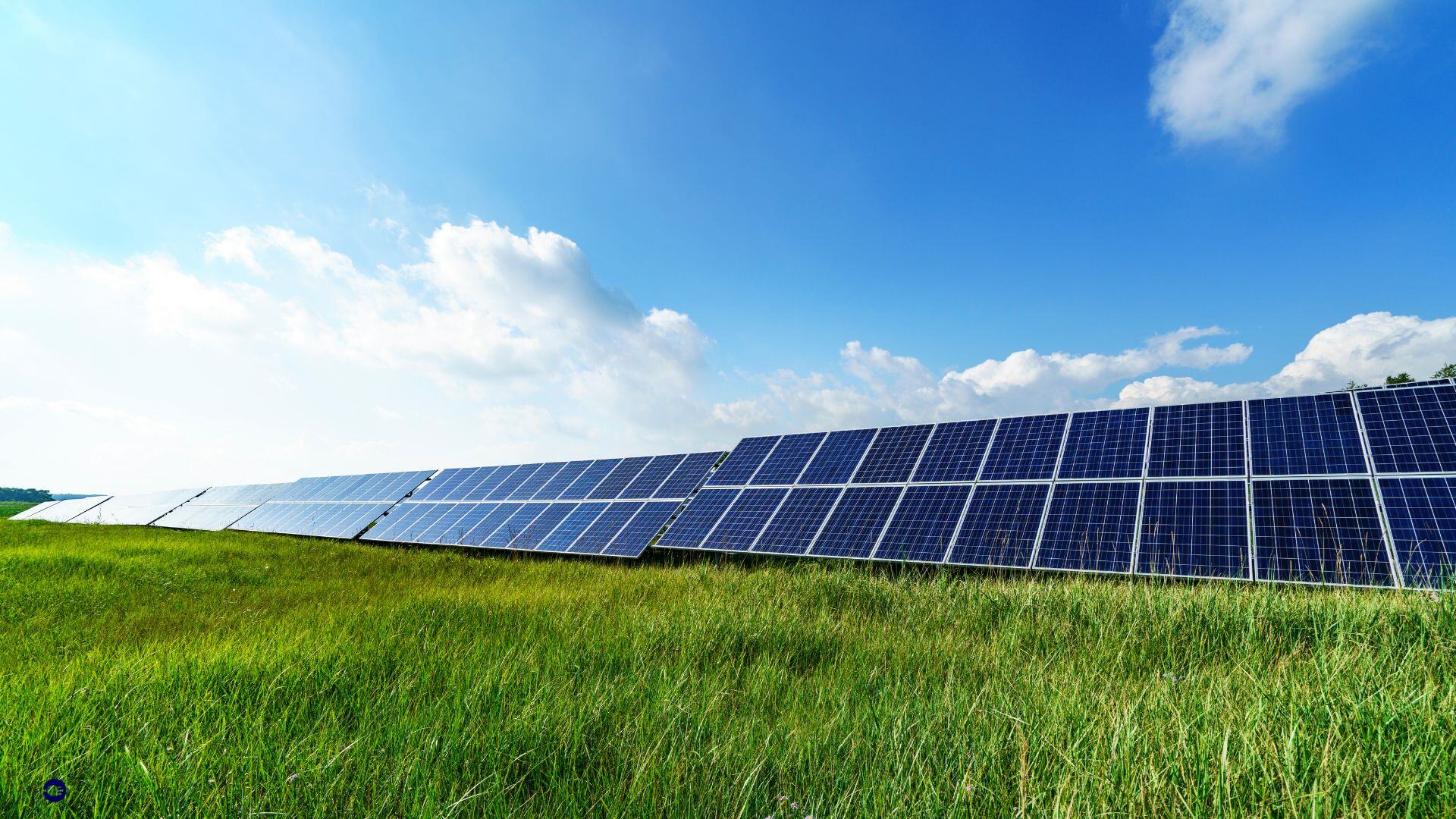How Community Solar Can Support Underserved Communities

Clean energy is more accessible and affordable than ever. As more renewable resources are deployed, sustainability begins to increase, and our environment benefits from it. Solar energy benefits should be available to all, especially to communities that face the most impact in environmental emergencies or are overburdened by resource disparities. Natural events like extreme heat, climate-driven floods, and air pollution can dramatically affect a community’s future.
Luckily, if underserved or low-income communities are unable to install solar panels on their properties, a community solar subscription offers a worthy alternative. Community solar projects flow through the power grid and help generate electricity without needing to install a solar array on-site.
Through this process, community solar helps consumers lower energy costs and improve energy efficiency in local homes and buildings by connecting to a solar farm in the area. More importantly, the subscription itself is at no cost to the user (yes, signing up with Catalyst Power is free). Once a consumer signs up and the solar array goes live, subscribers become part of an interconnected system and start earning solar credits toward their utility bill. These bill credits help consumers earn immediate savings on their bills, often up to approximately 10%.
Community solar empowers consumers and improves the sustainability of their communities while significantly reducing their energy burden. It allows more breathing room to manage monthly utility bills and offers protection from costly external factors, like environmental impact. Mitigating impact not only reduces carbon footprints, but encourages social and workforce development by creating jobs and stimulating local economies. When considering environmental justice, according to the Department of Energy, “disadvantaged communities have been systematically marginalized and overburdened by pollution, underinvestment in clean energy infrastructure, and lack of access to energy-efficient housing and transportation.”
Currently, 6.5 GW of community solar has been installed in the U.S. through the first quarter of 2024. Imagine how much more community solar can improve the quality of life of underserved communities across the country. Considering that more than 80 percent of states have at least one community solar project, here is a community solar incentive for you to keep in mind:
-
Virtual net metering (VNM) – depending on where you live, you can participate in VNM. Net metering is an electric billing tool that allows subscribers to receive credits on their electricity bill for excess power produced from their portion of a community solar project.
If a low-moderate-income (LMI) community has the space to host on-site solar, we’ve covered how a Catalyst Power-owned and operated Connected Microgrid ® solution can mitigate the impact of energy inequality in underserved communities. Unlike community solar, a Connected Microgrid is a behind-the-meter, on-site solution that brings distributed energy to your door.
Catalyst Power offers solar power solutions (with no upfront costs!) tailored to go anywhere without worrying about the financial burden. Having options encourages a smooth clean energy transition for community members, and that includes access to financial benefits like immediate savings on their energy bills from a renewable energy source, like solar.
Let’s keep clean energy resources equitable and explore solutions that bridge the gap.

.jpg?width=352&name=Untitled%20design%20(27).jpg)
.jpg?width=352&name=Untitled%20design%20(11).jpg)
.jpg?width=352&name=Untitled%20design%20(33).jpg)